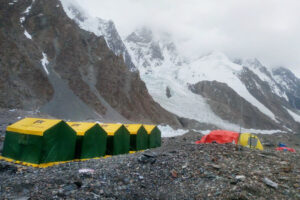Controversy erupted this month when a group of backpackers climbing Mt Kinabalu in Sabah, Malaysia, stripped and posed naked for pictures.
Public anger, which first arose when the pictures were posted on social media, later intensified in the aftermath of the 5 June earthquake that killed 18 people, with some locals blaming the tourists for the disaster.
Why is Kinabalu so significant?
With its towering height of 4,095m (13,435ft) and mist-shrouded peak, the 15 million-year-old mountain is one of the most recognisable symbols of Sabah and considered sacred to the state’s Kadazan Dusun tribe.
“It is our temple,” said Dr Benedict Topin, executive secretary of the Kadazan Dusun Cultural Association.
“When we die, our souls will journey upwards towards our creator in the sky, Kinohiringan. But we are not perfect, so our souls rest on the peak of Kinabalu and await for emancipation. It is like our purgatory.”
Priests and priestesses, called Bobolians, help these spirits go to the sky by performing purification rituals.
Kinabalu’s name is derived from the tribe’s phrase “Aki Nabalu”, which means resting place of the souls of the departed.
Locals believe it is also named after a god, Aki Nabalu, who together with another god Odu Nabalu, take care of the mountain.
Read more…





